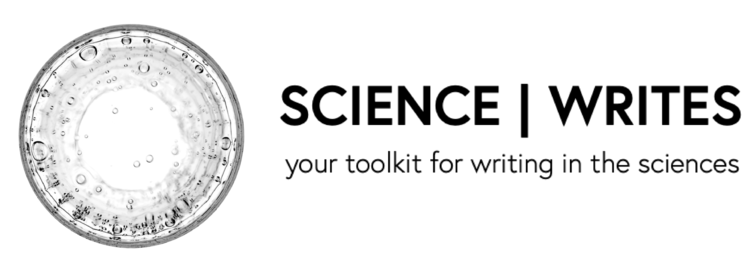GOAL
Present a distilled version of your findings clearly and objectively.
CHARACTERISTICS
The results start with text describing the statistics and analytical techniques used and often the broad outcomes (results) of those analyses.
Figures and tables are the centerpiece of the results section. They provide the details from the analyses.
The text supports the figures and tables by highlighting the key findings and general trends.
The results section generally follows the order of the hypotheses laid out in the introduction.
NOTE:
The advice to keep the results and discussion sections separate has long been a standard in scientific writing with the results section presenting the statistical interpretation of the data and the discussion section presenting the conceptual interpretation of those statistical analyses. However, in some fields, it has become common practice to merge the results and discussion into one section. Nevertheless, even when the results and discussion are merged, you will still find a final section of the paper, typically called “Conclusions,” that considers the findings of the study in the larger context of the field. If you are uncertain about expectations for the paper you are writing, you should ask your instructor.
DON’TS
Don’t include interpretations of the results in the results section. Typically, the results section presents only the statistical outcomes of the analyses conducted; what those outcomes mean in the larger context of your study or the field is saved for the discussion section.
Emotional reactions have no place in the results section. You might feel disappointed that a hypothesis was not supported, but presenting the results objectively means leaving out your feelings.
Don’t report every single test run or every single result. The results section needs to be a distillation of the key findings. It needs to tell a story.
Don’t exclude all “negative” or null results. When one of your hypotheses is not supported by the evidence, that is a result.
STYLE
WRITE WITH CLARITY & PRECISION
Writing clearly and precisely is always important but especially so when reporting your results because your results represent new information — information that is not available anywhere else. In other words, readers have nowhere else to turn for clarification if they do not understand what you have written.
PAST VS. TENSE
Use past tense to describe the results you obtained.
Use present tense to refer the reader to figures and tables (e.g., Table 1 shows …).







